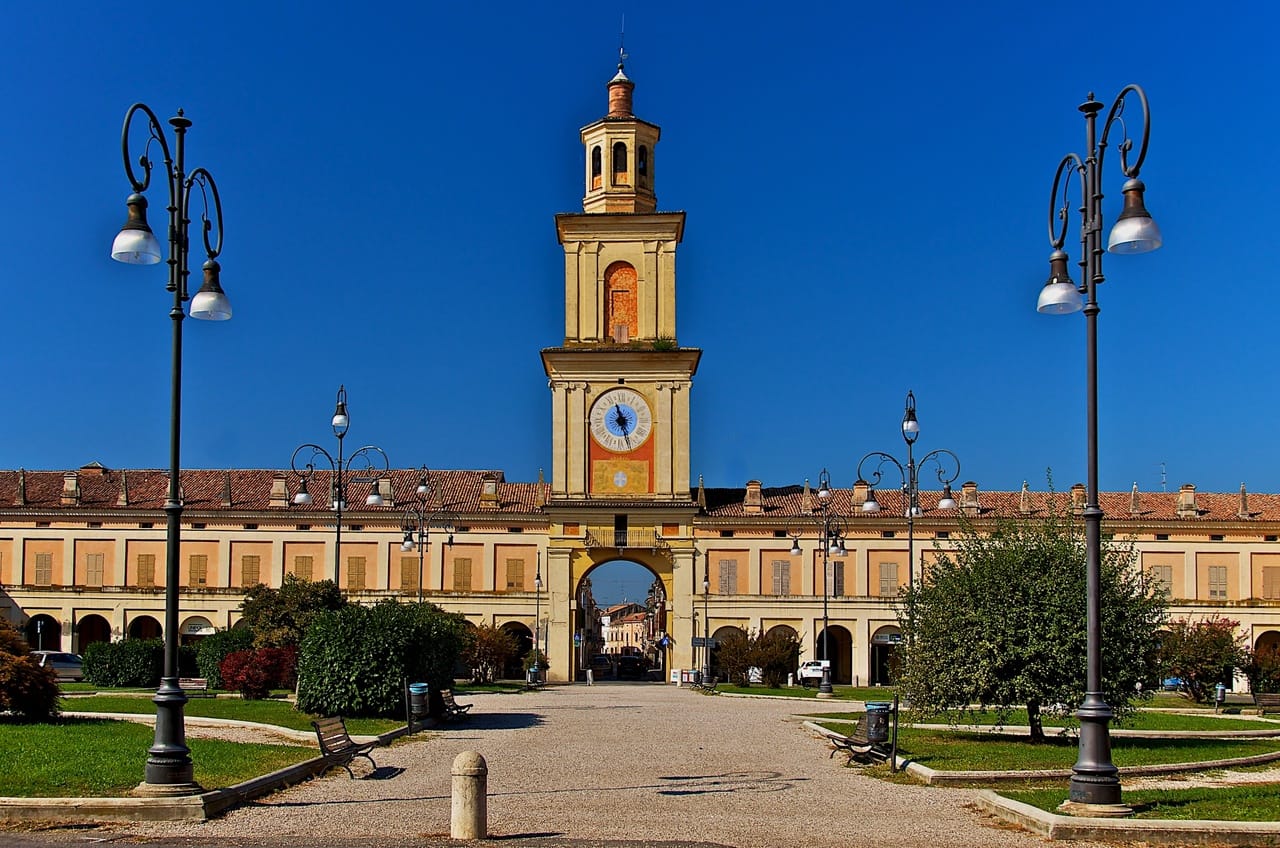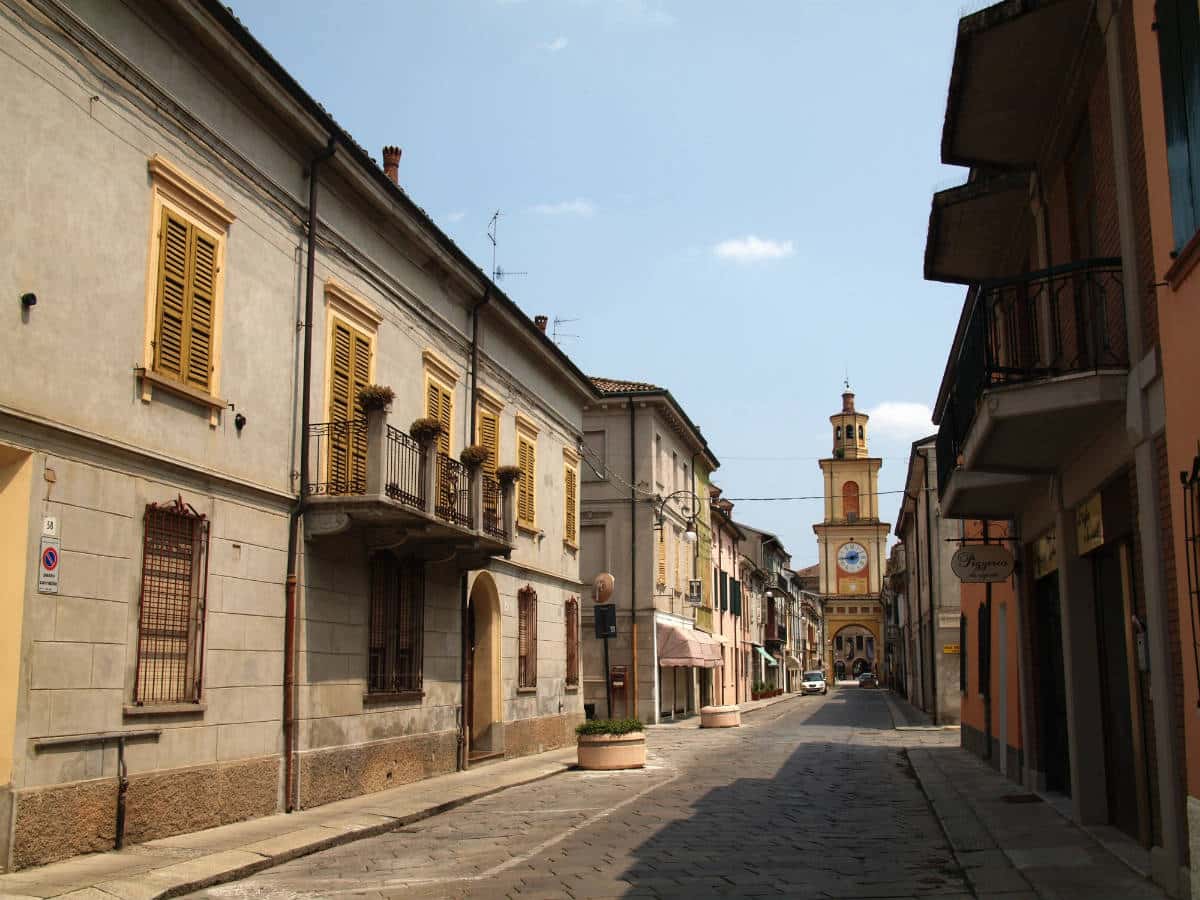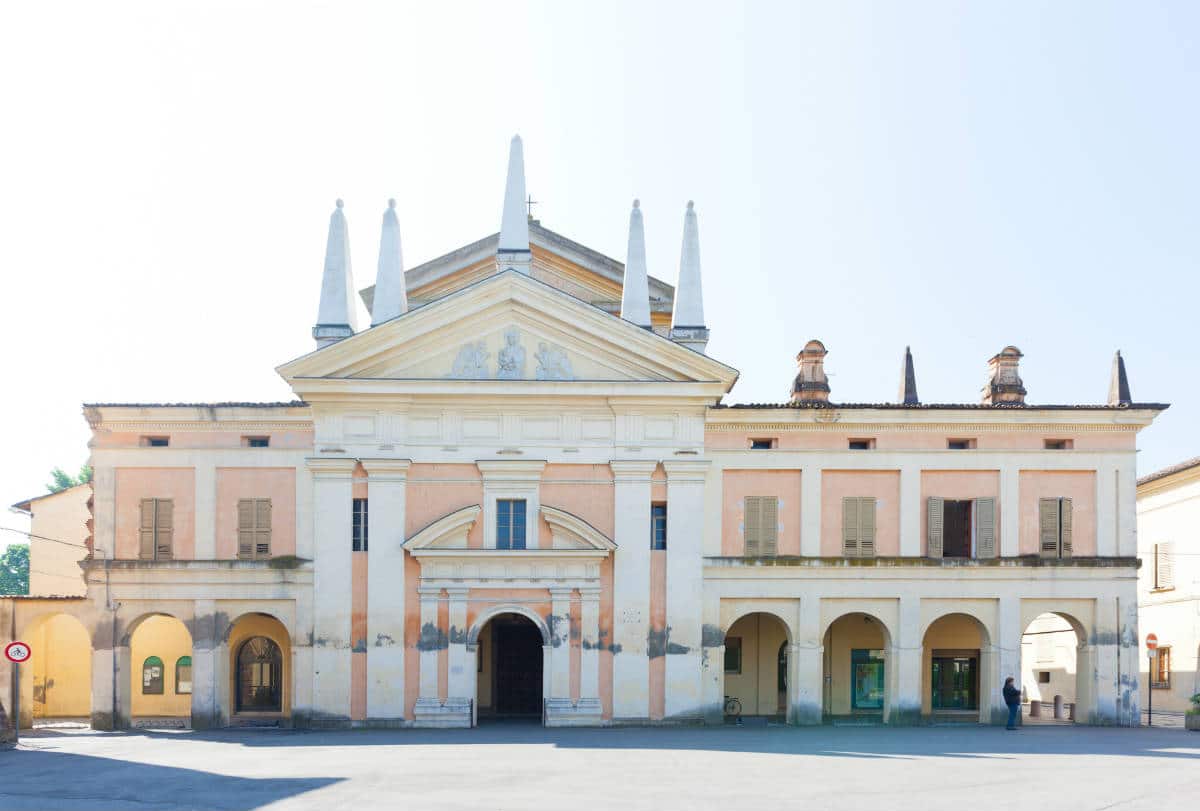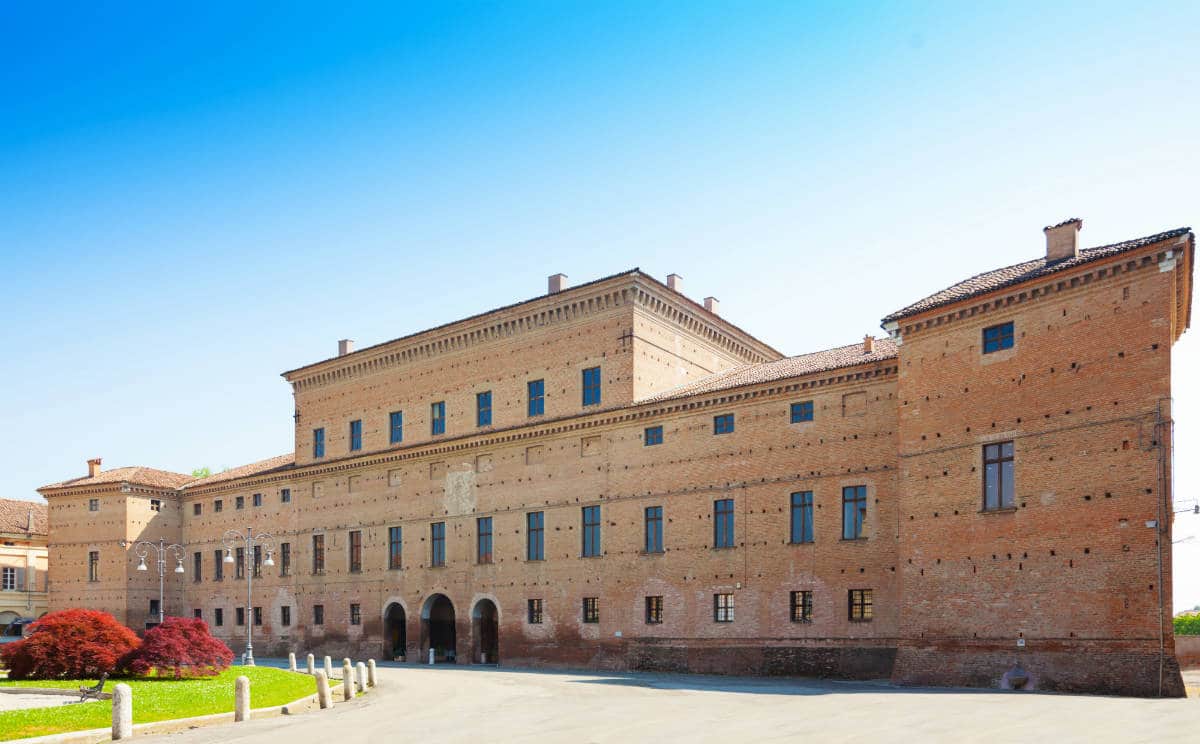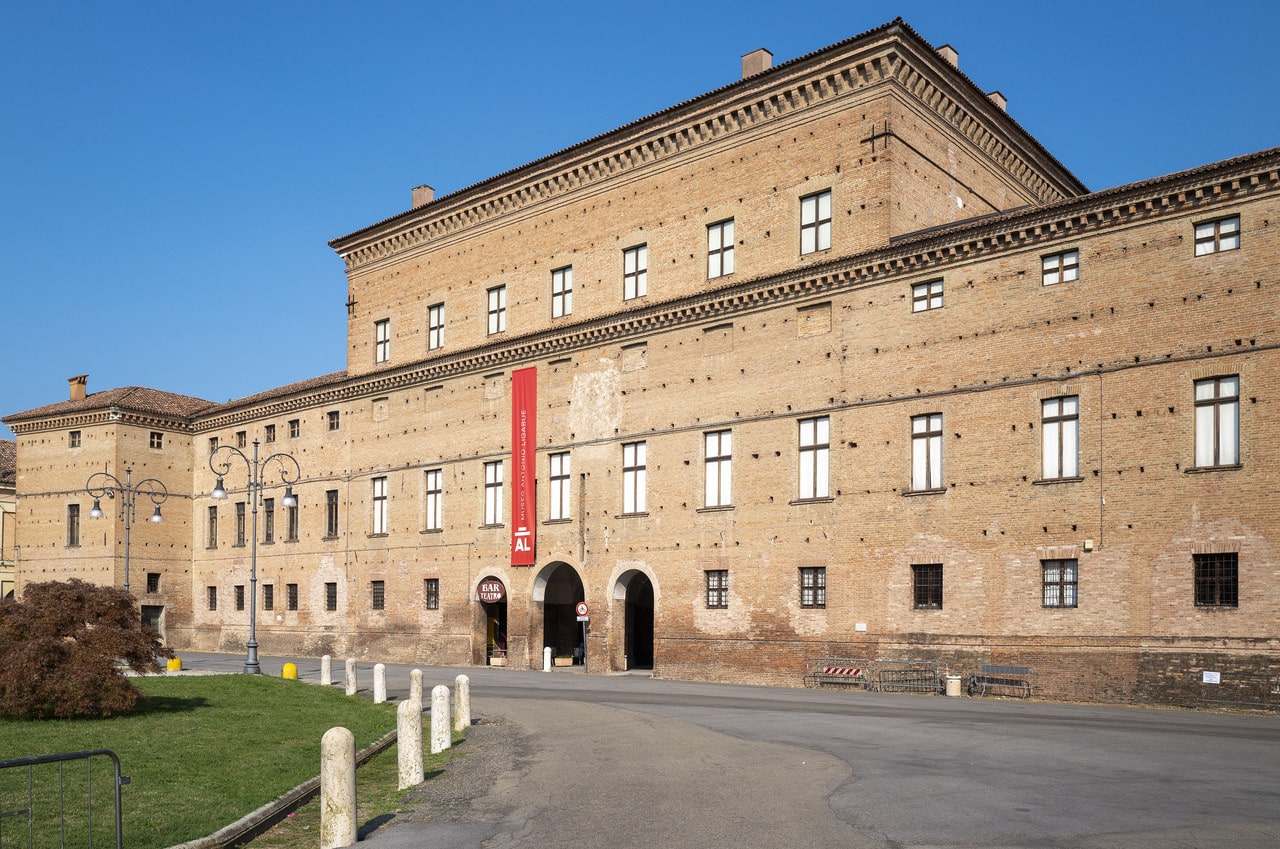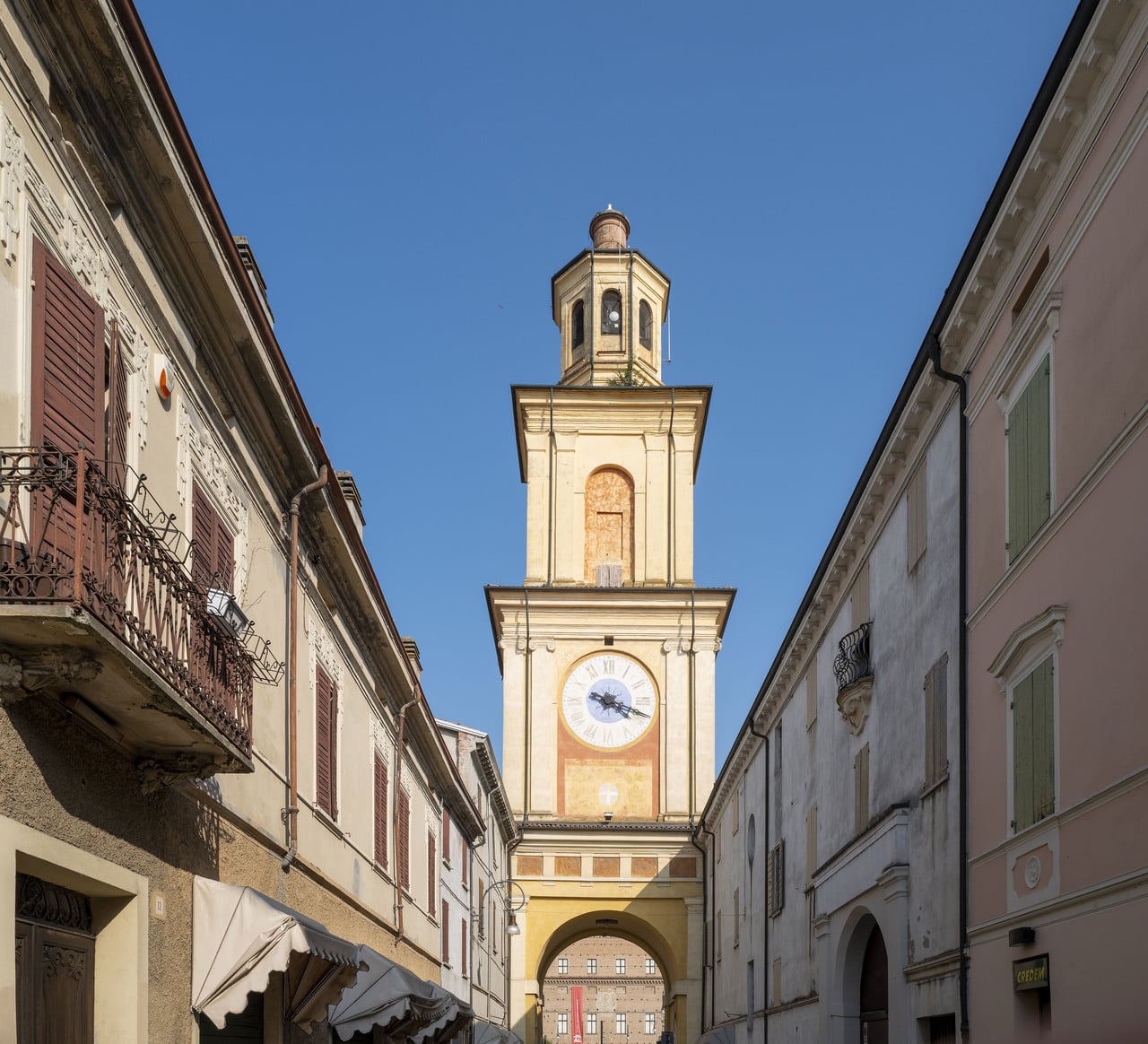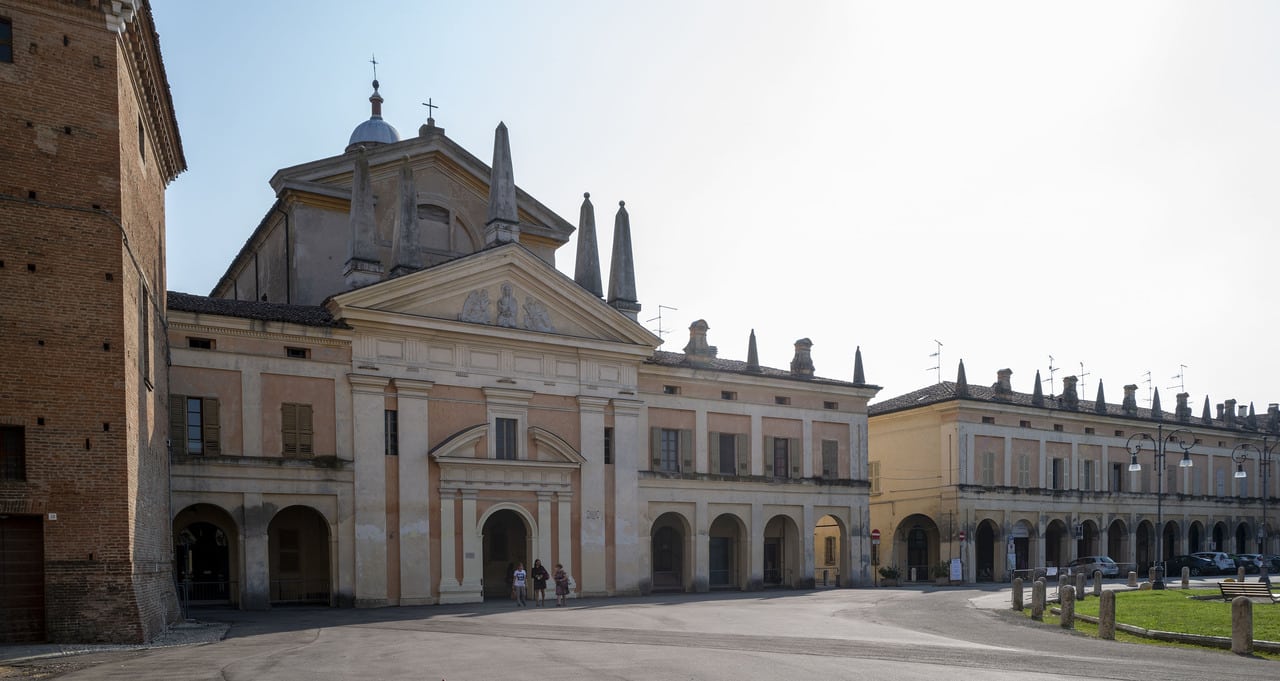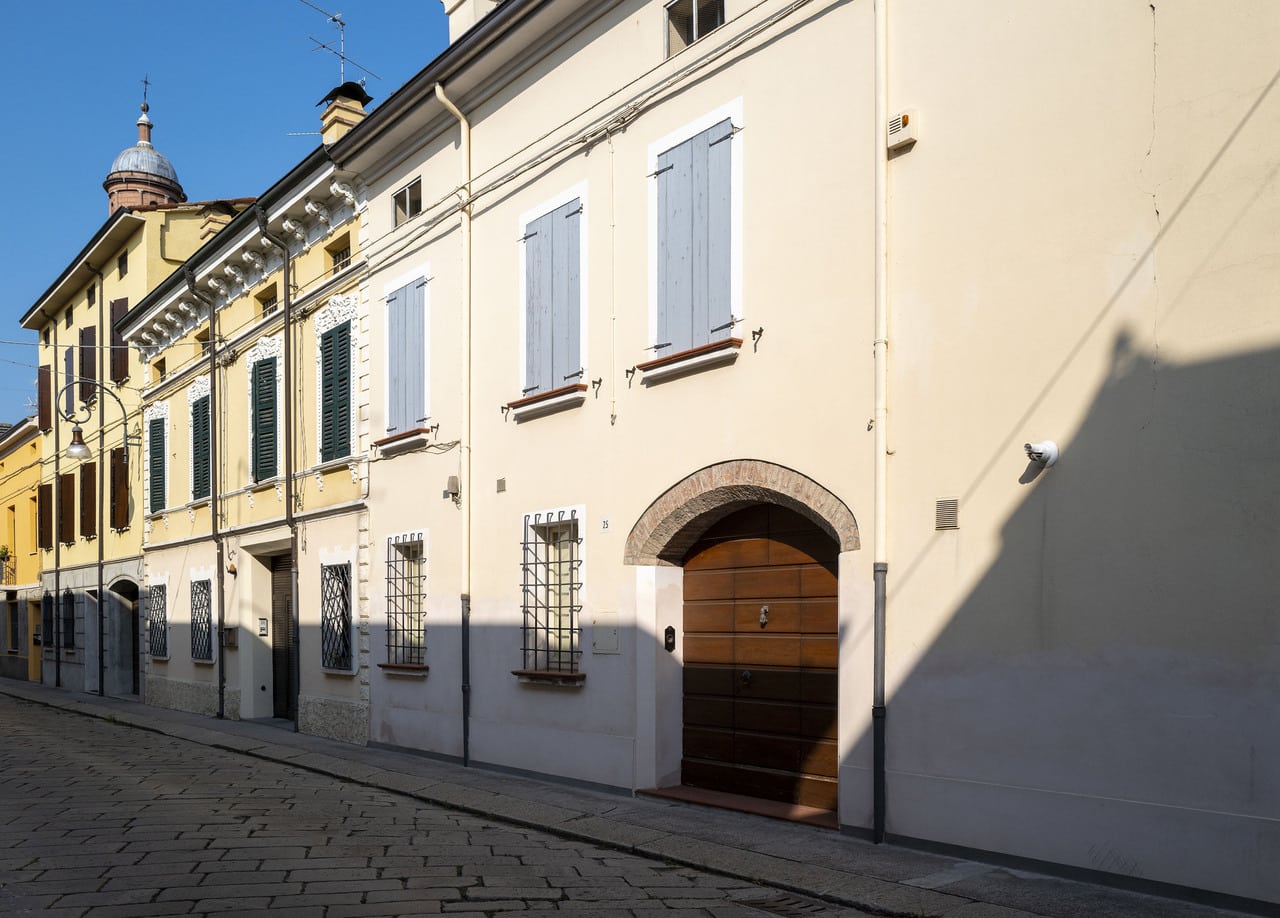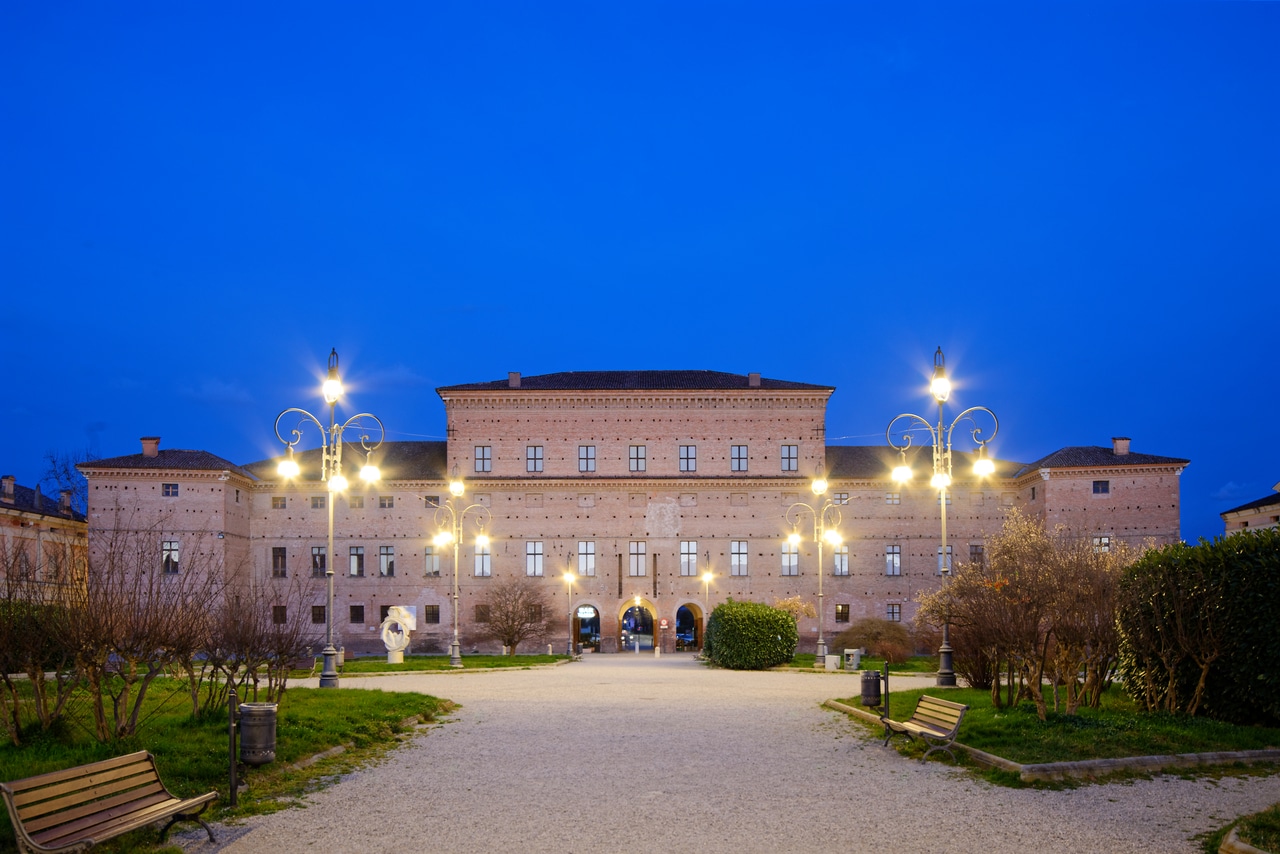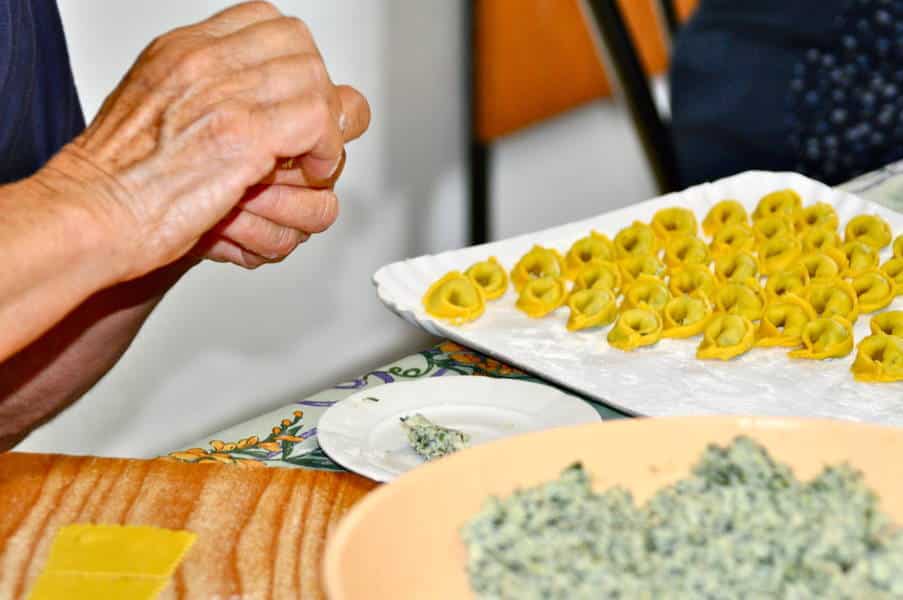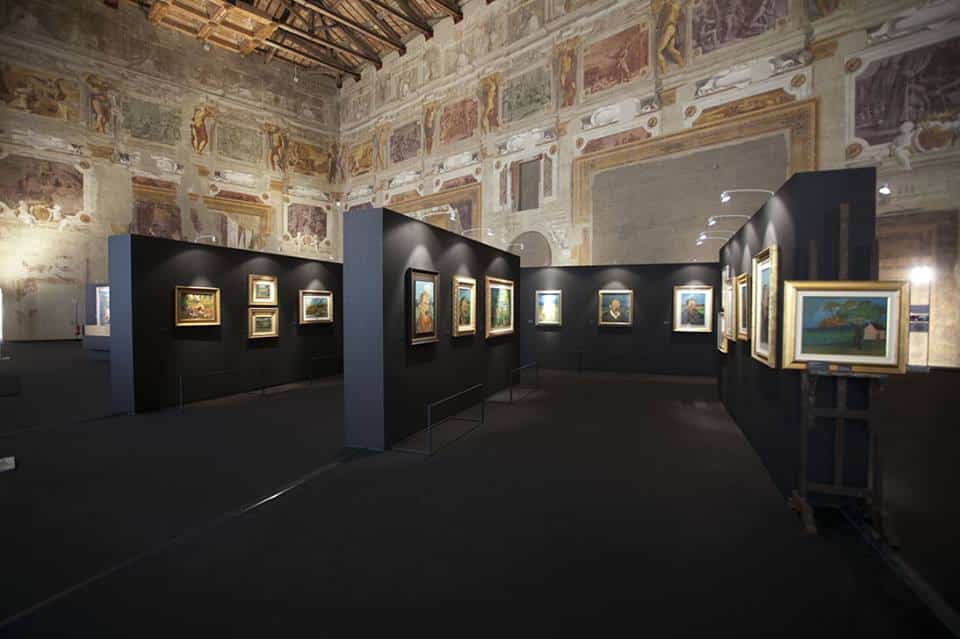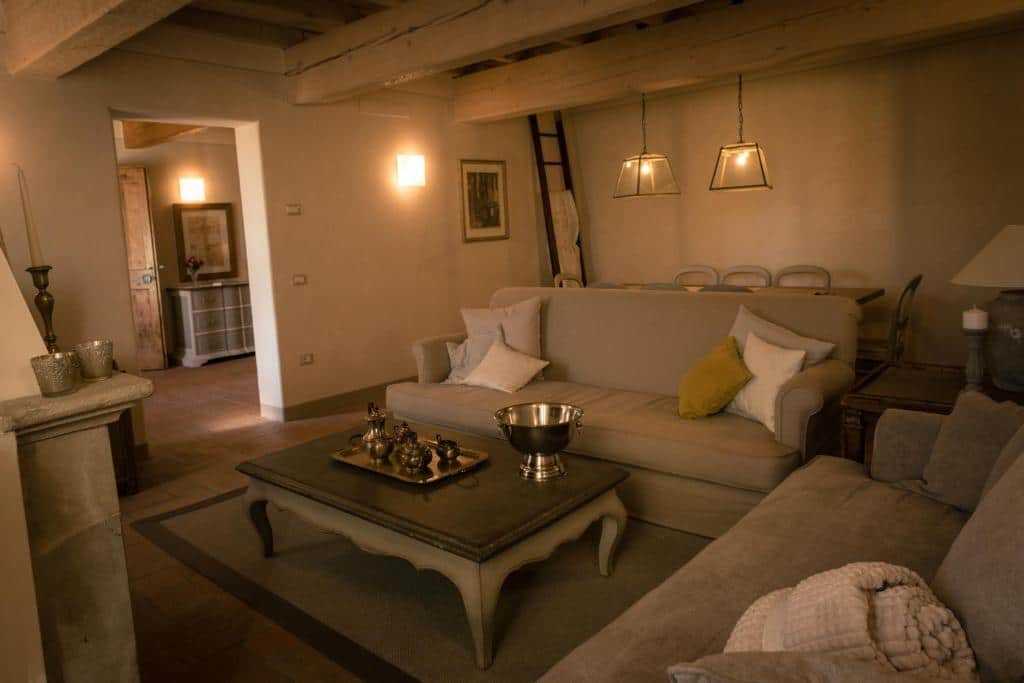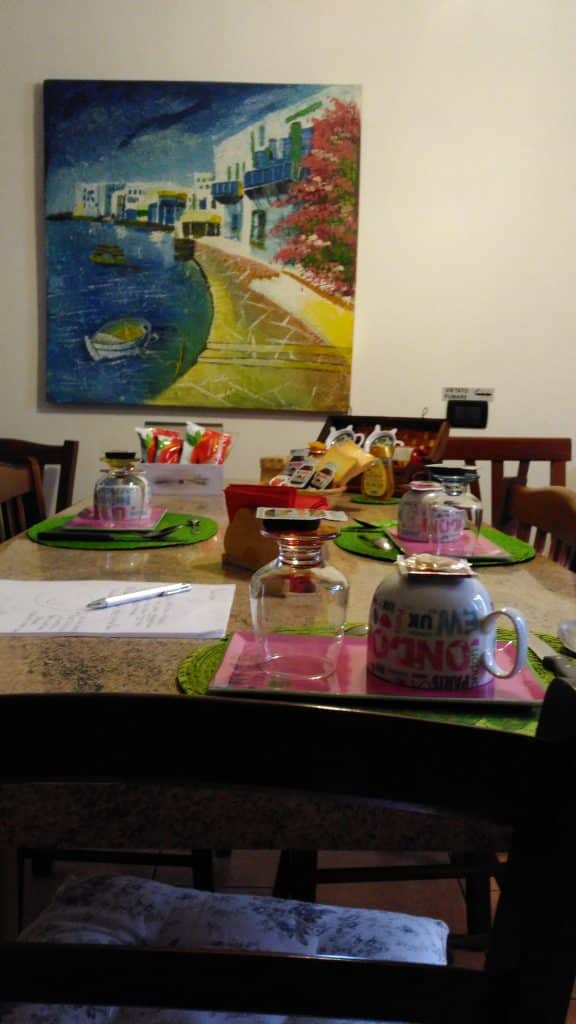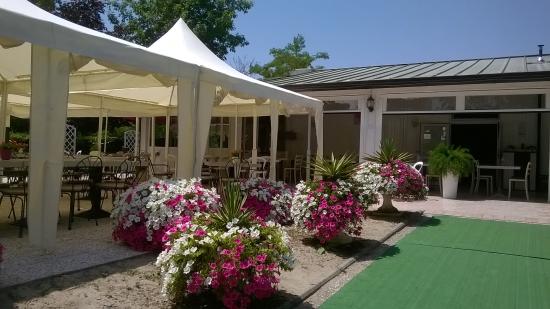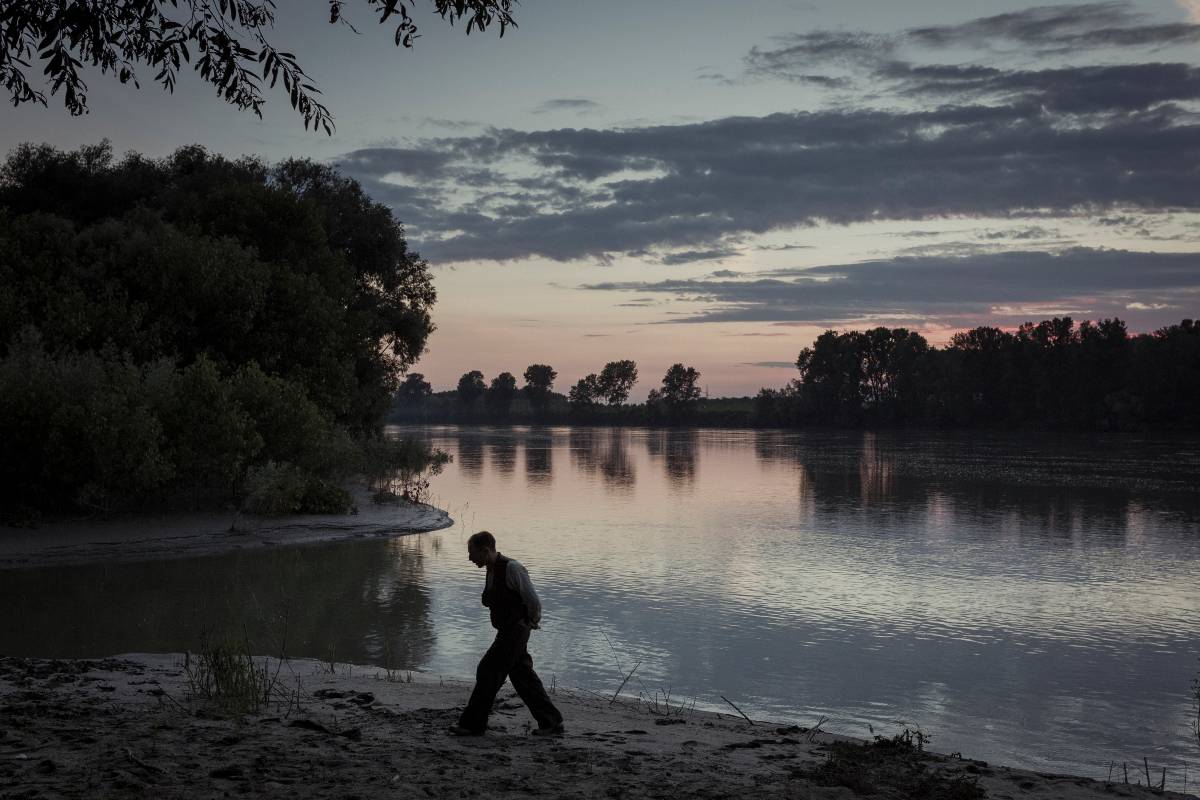Located close to the banks of the river Po which marks the boundary with Lombardy, Gualtieri is a village of medieval origins that endured several times over the centuries the scourge of flooding (the last, catastrophic, in 1951).
Gualtieri is a village rich in historical testimonies enclosed in the magnificent Piazza Bentivoglio, considered among the most beautiful in Italy, built by the Ferrarese architect Giovan Battista Aleotti called Argenta, who is also responsible for the massive Palazzo Bentivoglio project, residence of the marquises of Gualtieri, overlooking the Piazza in front of the Clock Tower.
Inside the only wing of the Palace it is possible to admire the seventeenth-century frescoes of Badalocchio and the rich decorations, also from the seventeenth century, of the Bentivoglio Chapel.
The Palazzo houses the "Documentary Museum and Antonio Ligabue Study Center", dedicated to the works of the famous twentieth century painter who was born in Zurich and lived in Gualtieri.
The Collegiate Church of Santa Maria della Neve also faces onto Piazza Bentivoglio, built on a design by Argenta but totally destroyed by a flood and rebuilt in the 18th century.
Piazza Cavallotti, the heart of the thirteenth-century Gualtieri, and the sixteenth-century Church of the Conception in Via Cesare Battisti are still noteworthy. The eighteenth-century theater created by G.B. Fattori was recently reopened and during the summer season hosts a good program of theatrical and musical performances.
In the Reggio plain the gastronomic goodness are many and all of great prestige: dishes based on river fish, the traditional processing of pork or from the pumpkin grown in this area; there is also the Traditional Balsamic Vinegar of Reggio Emilia, Lambrusco and Parmigiano Reggiano, the "King of cheeses"
.But if you want to taste a slightly more special specialty, you can't miss the gnocco fritto, an authentic delicacy that can be enjoyed with local cold cuts and cheeses.


